Data-Driven Digital Shadows for Process Manufacturing
In process manufacturing, particularly in complex and highly regulated industries, like petrochemicals, real-time monitoring, analysing and optimisation are essential for maintaining efficiency and competitiveness.
The integration of advanced digital technologies boosts traditional operations, enhancing performance and driving innovation. One of the key enablers of this transformation is “Digital Shadows”—a dynamic, data-driven virtual representation of physical assets and processes.
Added value of Digital Shadows
Digital shadows provide substantial added value in process manufacturing by creating real-time virtual replicas of physical assets and processes. This digital asset/tool enables continuous monitoring, predictive maintenance, and data-driven decision-making.
By mirroring plant operations, digital shadows can predict anomaly detections, equipment maintenance and malfunctions, and facilitate the identification of safety hazards, improving operational reliability and minimising downtime. Furthermore, digital shadows provide better regulatory compliance and energy optimisation, ultimately contributing to cost savings and enhanced overall plant performance.
It is essential to highlight the various levels of digitalisation and their corresponding capabilities.
Figure 1: Differences among Digital Model, Digital Shadow & Digital Twin [1]
A Digital Model is a static and simplified virtual representation of a physical system or process. The typical application of such models is for simulations or design purposes without continuous updates from real-time data.
In Digital Shadow, the concept of a digital model is further extended by incorporating real-time data from sensors and systems, providing an up-to-date view of the physical asset’s current state, without the physical and digital realms fully interacting.
Taking it a step forward, a Digital Twin reflects real-time data, allowing a two-way interaction between the physical and digital realms, by (autonomously) reflecting changes of the digital environment onto the physical counterpart.
While a Digital Twin offers advanced capabilities, a Digital Shadow can offer similar advantages by promptly notifying the operator about the physical asset’s current condition, relying solely on the human factor.
Architectural Design of a Digital Shadow Process
The development of a Digital Shadow for a manufacturing process begins with mapping the assets involved in the production line.
Within a process, the involved assets interact with each other, with the output of one asset serving as an input to another asset of the line, thus identifying those interactions is a crucial step for the development.
Next action will be the mapping of the sensorial inputs/outputs of each asset, with relevant information, such as SCADA schemes, used for determining the sensors that are considered as inputs and outputs. To successfully identify anomalous behaviours of each sensorial signal, irrespective of the input/output relationship of the sensors, individual dedicated monitoring is necessary.
There are various methodologies and techniques for determining whether a particular value is considered anomalous, indicating a range of issues that may require further investigation (e.g., early signs of asset health degradation).
One well-known method is training an AutoEncoder Deep Learning model.
As depicted by the figure above, an AutoEncoder model consists of three main components:
The Encoder, where the input information is compressed
The Bottleneck layer, where a compressed low-dimensional representation of the input is determined by the model
The Decoder, which reconstructs the input relying only on information retrieved by the Bottleneck layer.
By training an AutoEncoder model with high-quality, normally characterised operational data, we essentially have a model that is capable of identifying significant deviations in the operations of involved assets.
To develop Digital Shadows, more sophisticated models need to be considered, capturing even more accurately the intricate patterns of the operational parameters.
A common Deep Learning model family is “Reservoir Computing”, best suited for time series data with complex patterns, similar to the operational data of a manufacturing process.
As depicted in the above figure, the main characteristic of Reservoir Computing models is the Reservoir, consisting of Reservoir nodes, where the complex input patterns are mapped in a more intricate manner (into a higher dimension layer). Thus, enabling the model to learn in a highly accurate manner.
Process workflow
Connecting every piece together and implementing the Digital Shadow of a manufacturing process, such as the petrochemical plant one, we must follow the same interactions as the ones in real conditions / real ones.
As shown by the figure above, the process comprises of three main components, a Reactor, an Absorber and a Stripper.
Each asset interacts back and forth with each other, so these interactions must be replicated in the digital realm.
Finally, to develop the Process Digital Shadow, we connect each physical asset’s developed Digital Shadow, according to the physical domain, concluding in a precise depiction of the manufacturing process in the digital domain.
Conclusions
The development of a Process Digital Shadow is a complex approach that relies in the accurate depiction of the physical realm of an industry’s manufacturing line, offering advanced capabilities, with great benefits to the operators, stakeholders, end-users and the marketplace.
This digitalization technology aligns with strategical advantages such as lowering operational costs and environmental impact, improving product quality and paving the way for more sustainable and greener manufacturing roads.
References:
[1] van der Aalst, W.M., Hinz, O. and Weinhardt, C. (2021) ‘Resilient Digital Twins’, Business & Information Systems Engineering, 63(6), pp. 615–619. https://doi.org/10.1007/s12599-021-00721-z
[2] Choudhary, H., Dogra, D.P., Sekh, A.A. (2023). Solving Diagrammatic Reasoning Problems Using Deep Learning. In: Gupta, D., Bhurchandi, K., Murala, S., Raman, B., Kumar, S. (eds) Computer Vision and Image Processing. CVIP 2022. Communications in Computer and Information Science, vol 1777. Springer, Cham. https://doi.org/10.1007/978-3-031-31417-9_29
[3] Dudas, J., Carles, B., Plouet, E. et al. Quantum reservoir computing implementation on coherently coupled quantum oscillators. npj Quantum Inf 9, 64 (2023). https://doi.org/10.1038/s41534-023-00734-4
Written by: Iason Tzanetatos, CORE IC




